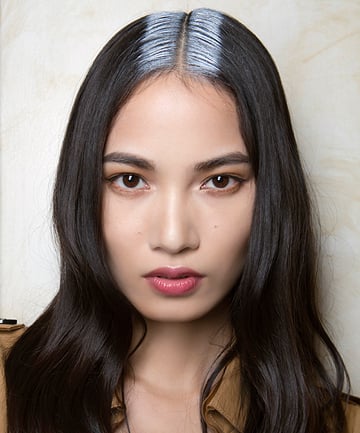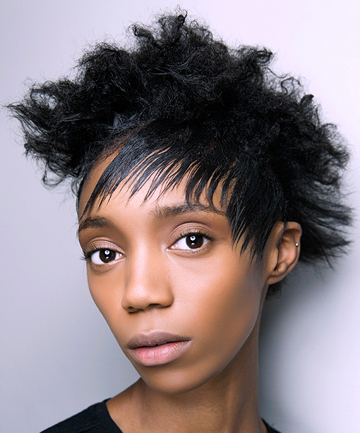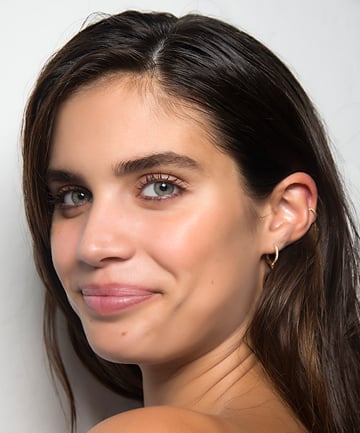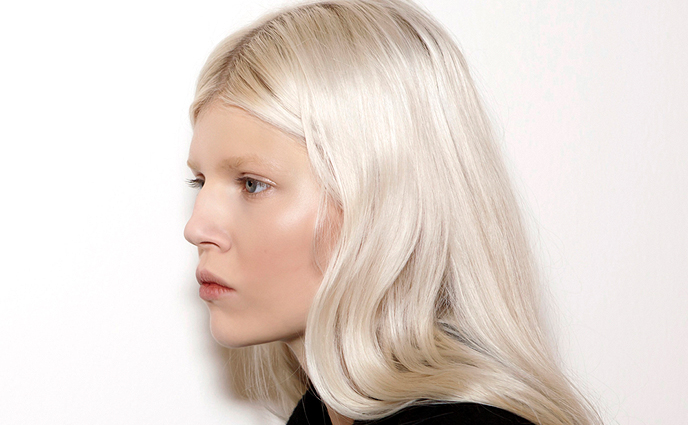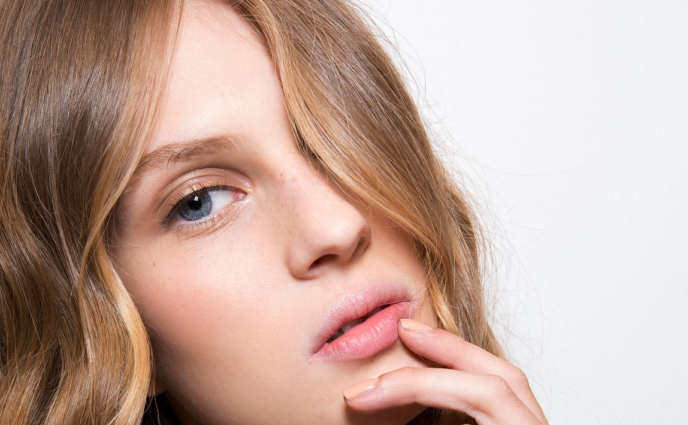We typically choose dry shampoos based on how they feel, smell and make our hair look, but it's important to look at the ingredients before making a final pick. While most ingredients are considered safe, there are some that are probably best left behind, Blaisure says. Avoid the usual sulfates, parabens, sodium chloride and sodium bicarbonate, says Biosilk ambassador Ivan Rodriguez, and get to know the following ingredients:
Starch
Starch is the main component of dry shampoos. According to Philip B., starch dry shampoos often have a high alcohol content, which is not usually an issue due to the number of oil glands in the scalp, but it can be for those with sensitive and/or dry scalps.
Talc
Talc is another popular dry shampoo ingredient. It coats hair in that unmistakable white film and can be "pretty toxic," Leila Nations of Fatboy Hair says. On top of that, talc can cause acne and irritation. There are also concerns that talc powder (and rice starch) could contain pesticide residues, Blaisure says.
Silicone
Silicone appears in dry shampoos as well as other hair products. There are some good silicones, but the category gets a bad rap because of ones that can irritate the scalp and weaken hair follicles, Philip B. says. He suggests doing a patch test and listening to your body's response to see if the product is a good fit.
Image via Imaxtree
Those with fine, thin or straight hair should be cautious when using dry shampoo. If you have ongoing scalp problems, like dandruff or dermatitis, it's best to avoid dry shampoo to help control the problems, Blaisure says.
Watch out for the aforementioned controversial ingredients and remember that moderation is key. Don't use dry shampoo as a styling aid, Dotson says. Use a sea salt spray for tousled strands and dry shampoo for managing grease.
Applying too much of anything can weaken hair follicles. Less is always more with dry shampoo, Philip B. says. "You really just want a light coating. Focus on the first few inches of hair at the roots, not directly at the scalp," he says. "Then the brush becomes the vehicle to disperse the product well and give strands that perfect Hollywood finish." Use a natural boar bristle paddle brush, like the Raincry Large Condition Paddle Brush, $115, to move the product and oils down the hair shaft.
Image via Imaxtree
The experts suggest using dry shampoo occasionally and ensuring the scalp is being cleaned thoroughly after approximately two to four days to prevent too much buildup. Regular cleansing with shampoo is key because inflammation and hair loss can occur when dry shampoo buildup remains on the scalp. "Remember, skin is a living organ and needs care to stay healthy," Blaisure says. "No one would think to keep their makeup on for a week — scalp skin is the same."
To combat any drying effects of dry shampoo, Diersen suggests pairing dry shampoo with a protecting oil, like Chi Rose Hip Oil Color Nurture Dry UV Protecting Oil, $9.97.
Image via Imaxtree


